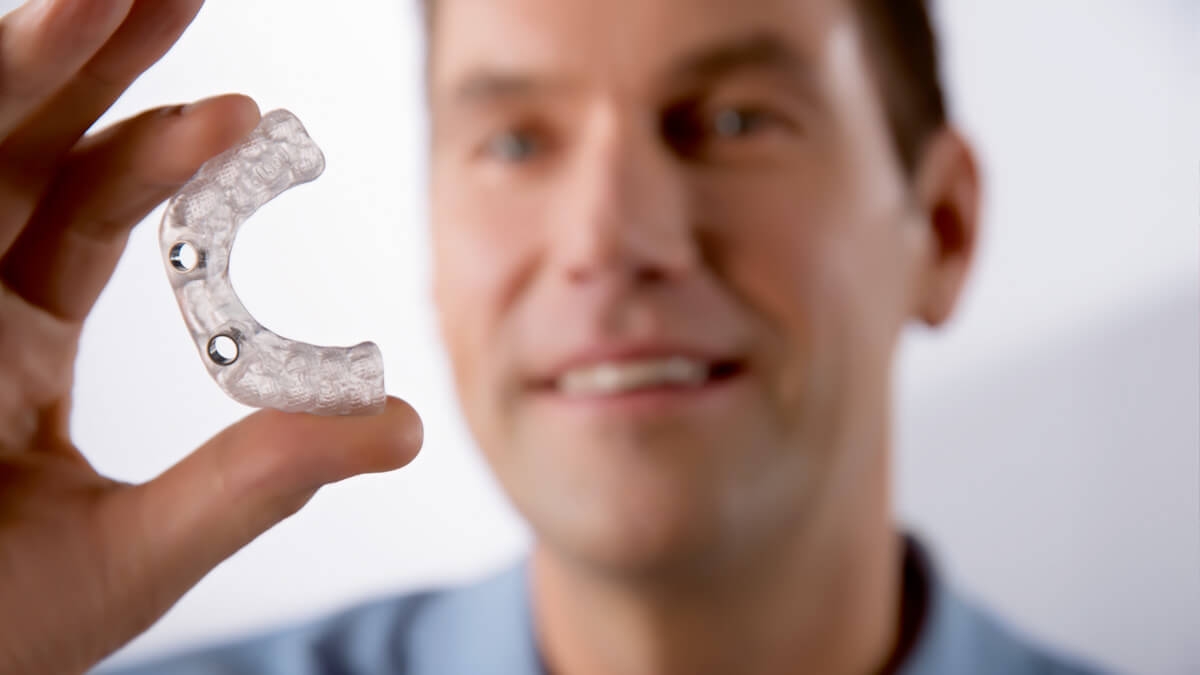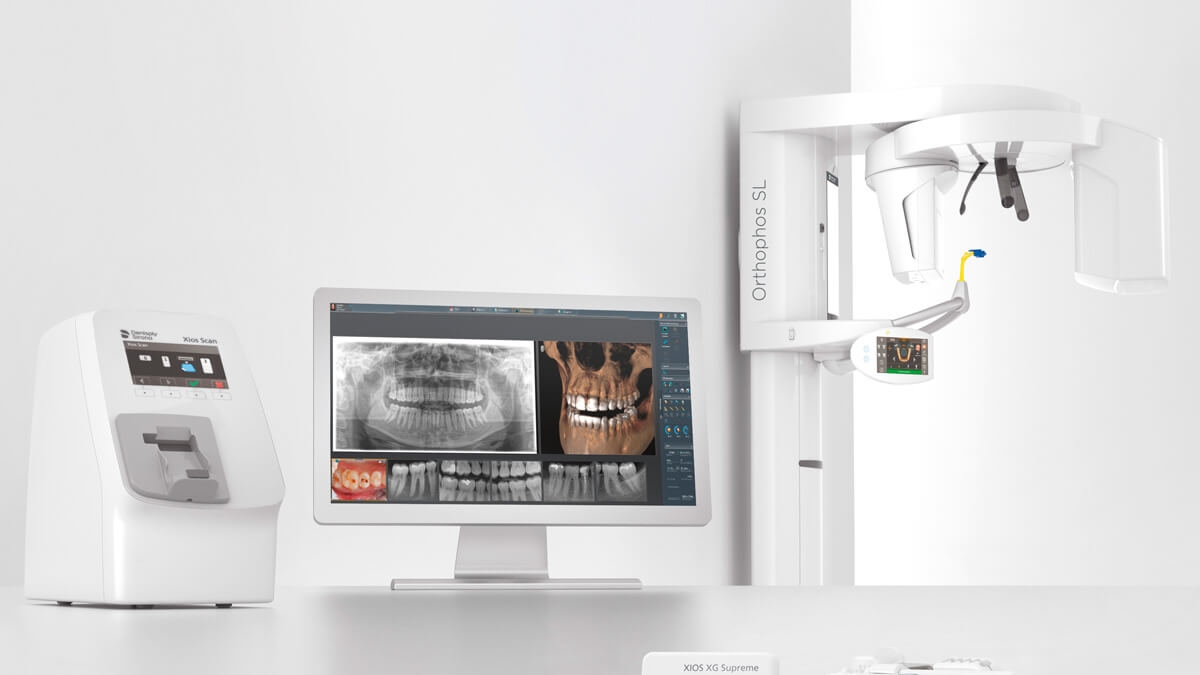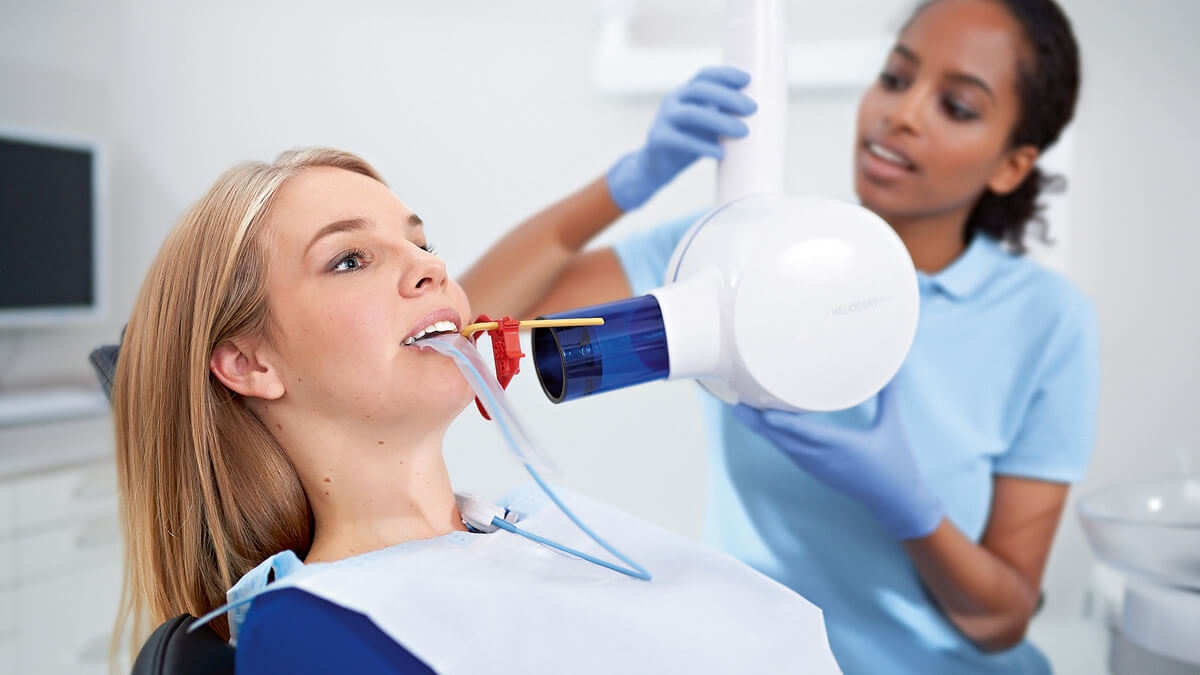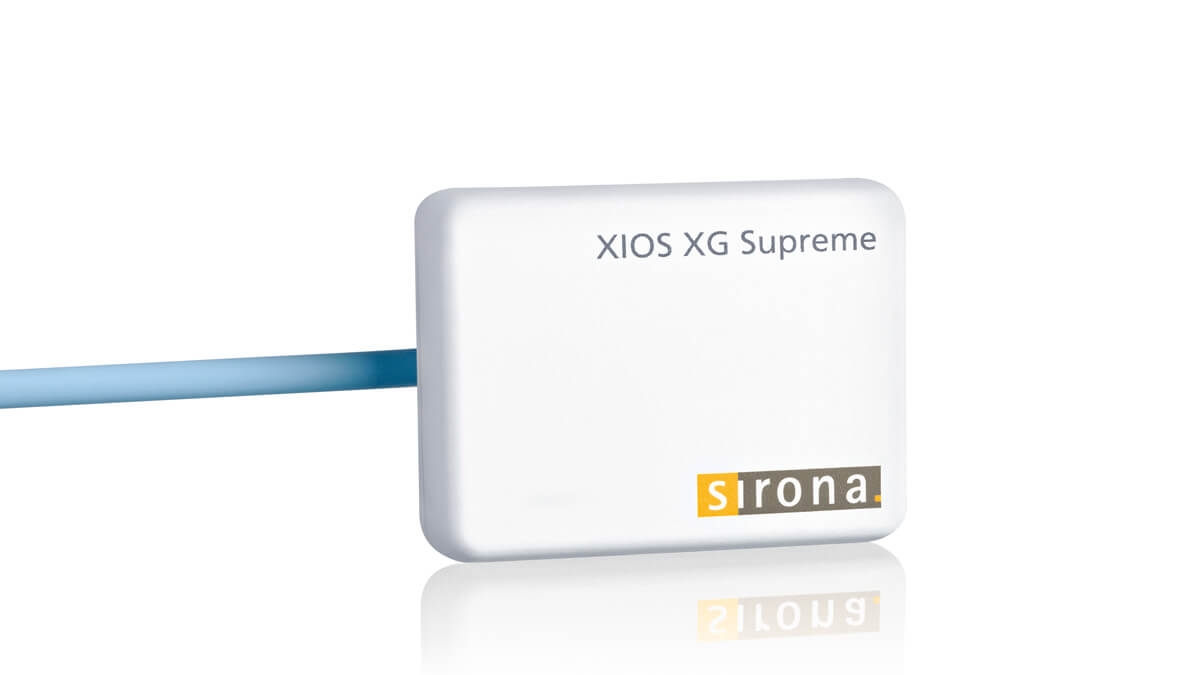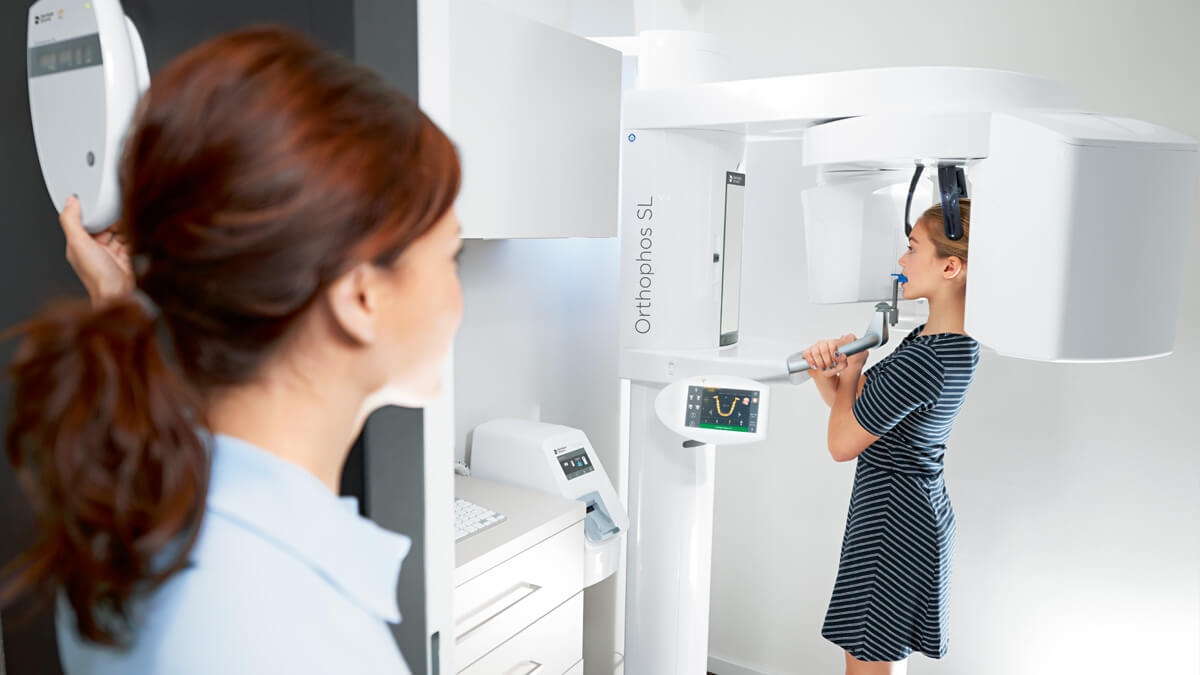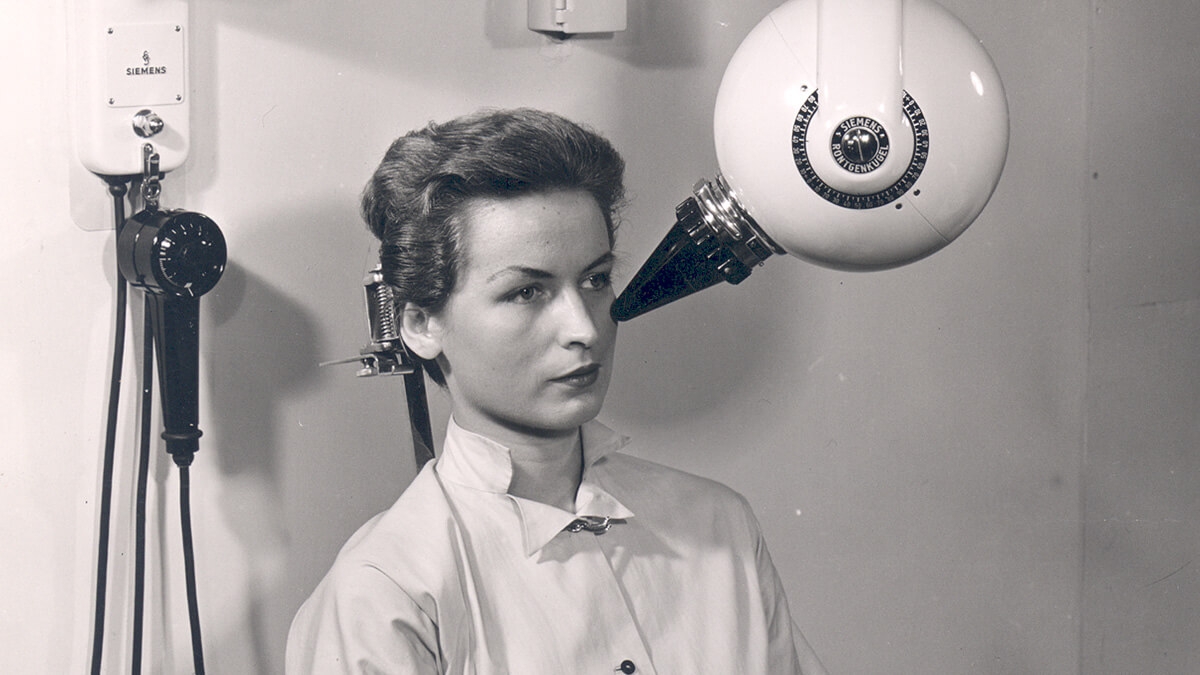SBU Imaging Systems: Improving dentistry
Continuing the Spotlight series putting Strategic Business Units in focus, this issue features an in-depth look at the SBU Imaging Systems.
Dentsply Sirona’s SBU Imaging Systems has a history that can be traced back to 1895, when the mechanical engineering firm RGS produced the world’s first commercial X-ray unit. Thirty years later, Siemens & Halske purchased the majority share in RGS. In 1997, Siemens sold its dental systems divisions to a consortium of institutional investors and Sirona Dental System GmbH was born. Over the years and through the present, the SBU Imaging Systems has been a leader in digital imaging technology with a range of products including 3D imaging units, sensors, imaging plates, and image processing software. Led by Dr. Stefan Hehn, the SBU has a total of 437 employees located in Bensheim, and in Bonn, Germany; as well as Long Island City, in the US; and Milan, Italy.
In 1998 the SBU Imaging Systems added the Heliodent DS to its catalogue, a game-changing X-ray unit for all conventional and digital intra-oral exposures. Introduced in 2007, the Galileos 3D imaging solution not only opened a third dimension for dental practices and clinics but also brought combined 3D implant planning and treatment to an unseen level. In 2015, the Orthophos SL 3D hybrid unit gave dentists unprecedentedly sharp images thanks to the DCS (Direct Conversion Sensor) technology. Additionally it provides the option of utilizing 3D images and even offers a Low Dose Mode to minimize radiation exposure. Superior image quality alongside the ability to visualize a patient’s anatomical information helps to ensure an optimum outcome for procedures while integrated planning software helps to improve safety by helping the clinician to visualize potential problems in advance. 3D imaging also helps to facilitate communication with the patient and enables a better understanding of recommended procedures.
For practices that are just beginning to utilize digital technology, imaging plate technology offers many of the advantages of digital imaging without significant changes to the traditional workflow. Intraoral sensors such as the Xios XG Supreme and the Schick 33 offer a fully digital solution and support a lot of workflows in daily use. The industry-leading sensors provide the highest image quality and, together with the optimized holder systems, unparalleled usability. Along with the Heliodent Plus X-ray generator and its wide range of installation possibilities, they offer added-value and elegant chairside imaging.
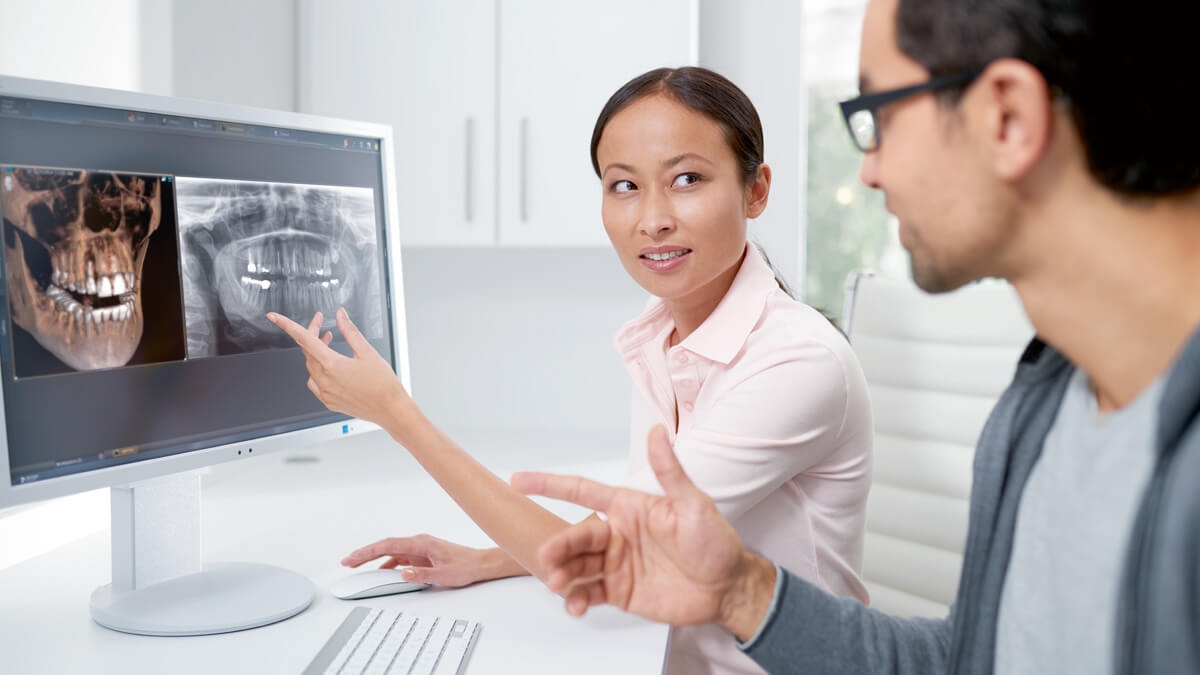
Front and center for integrated workflows and integrated implantology
As dentistry goes digital, integrated workflows are helping dental practices to be more efficient in their treatment, often reducing the time and number of visits that a patient must undergo. With a modern design as well as an award-winning using interface, the SBU Imaging Systems processing software Sidexis 4 combines all the advantages of integrated dental workflows, like time savings, safety, and better results as well as the ability to compare 2D and 3D images. The SBU Imaging Systems is a focal point for integrated workflows as so many of its solutions are vital to taking advantage of such a workflow. One example is in the way that 3D imaging combines with CAD/CAM for efficient implant planning and treatment with a huge variety of supported indications as well as application scenarios up to fully chairside workflow.
100,000 reasons to celebrate
In December 2017, the Imaging team built its 50,000th extraoral unit on the platform of the Orthophos XG and in January 2018, completed the 50,000th Heliodent Plus. Not only aware of its heritage, Imaging is looking forward to a bright future. Everyday more than 200 developers are working to turn ideas into reality. Those 100,000 reasons to celebrate increase everyday.
